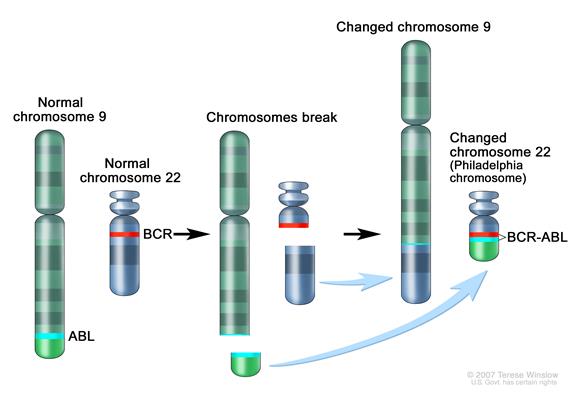
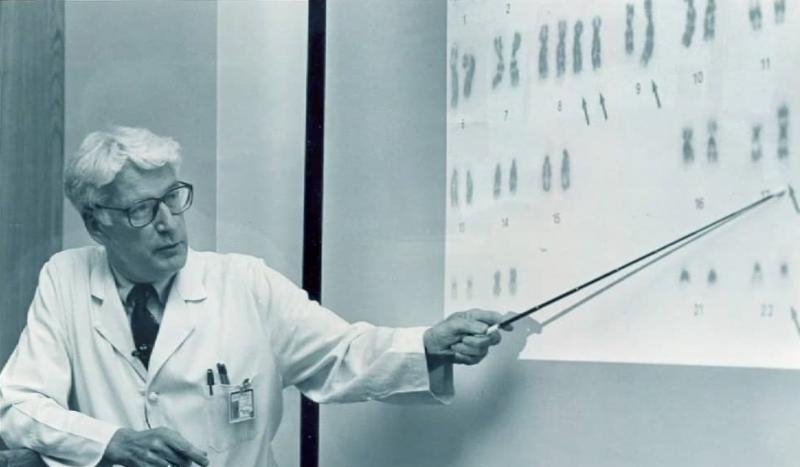
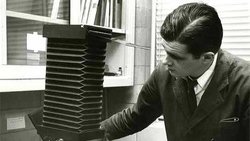
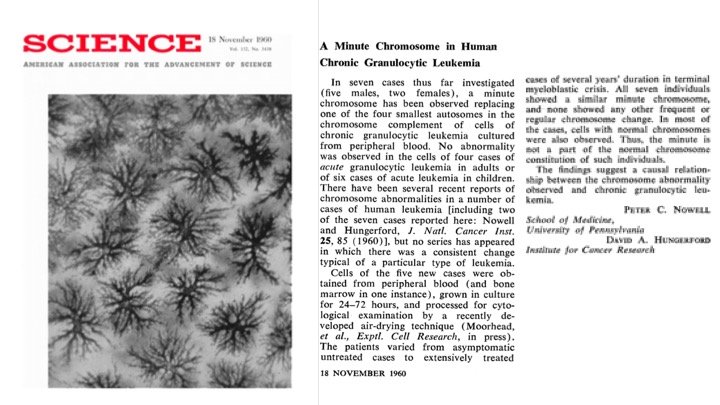
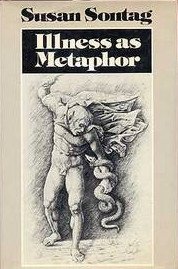
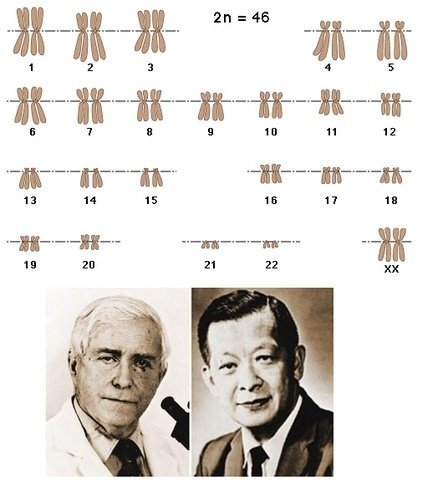
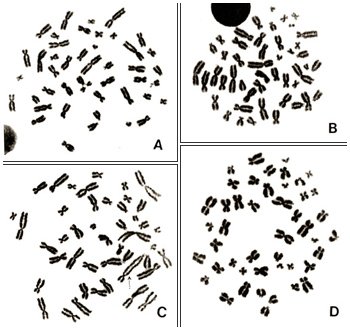

•Group B (4-5)=large submetacentric
•Group C (6-12, X)=medium submetacentric (many)
•Group D (13-15)=medium acrocentric
•Group E (16-18)=short submetacentric
•Group F (19-20)=short metacentric
•Group G (21-22, Y)=short acrocentric
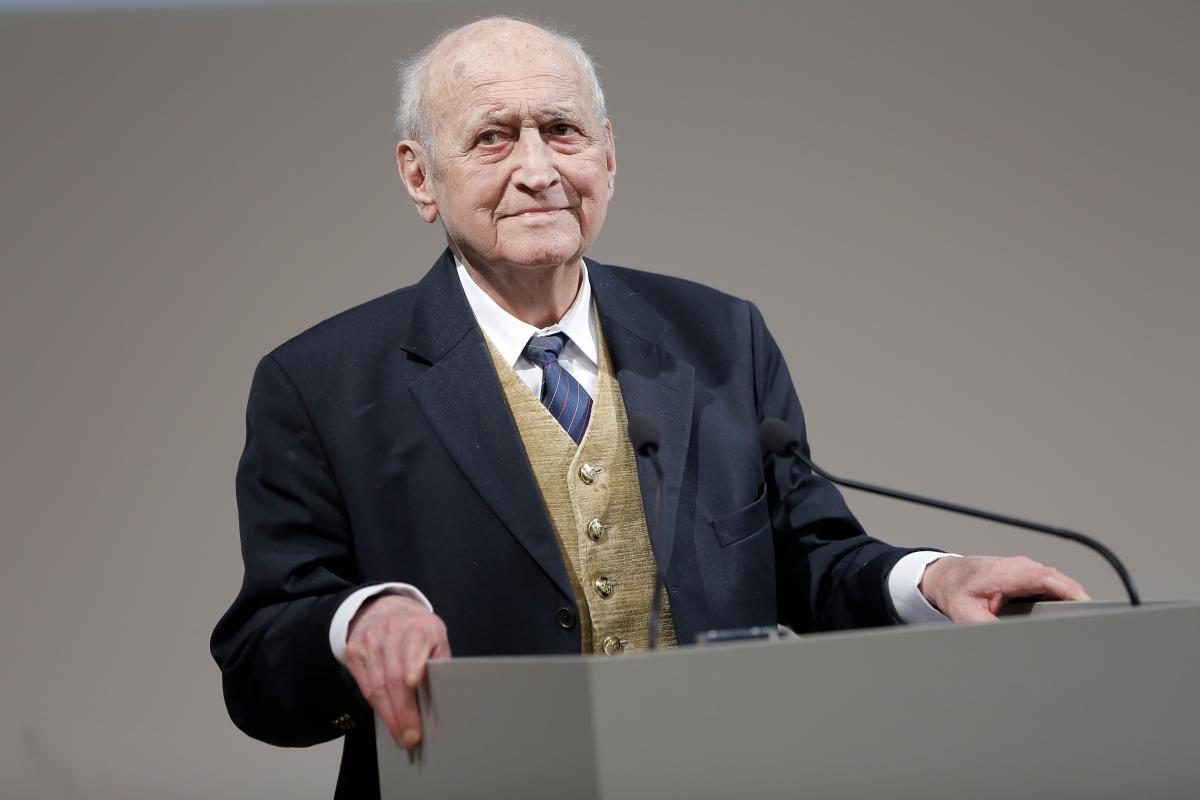
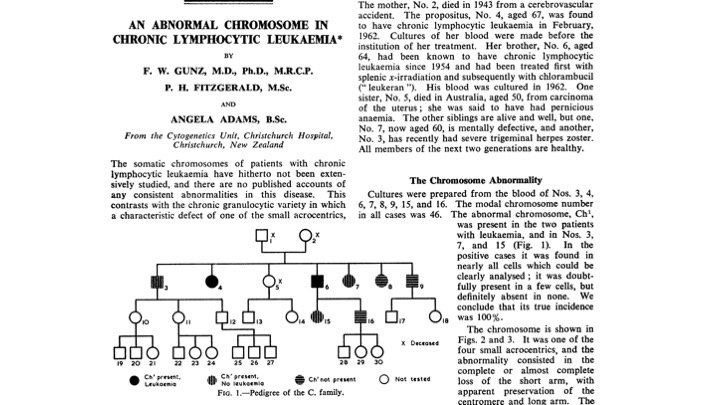
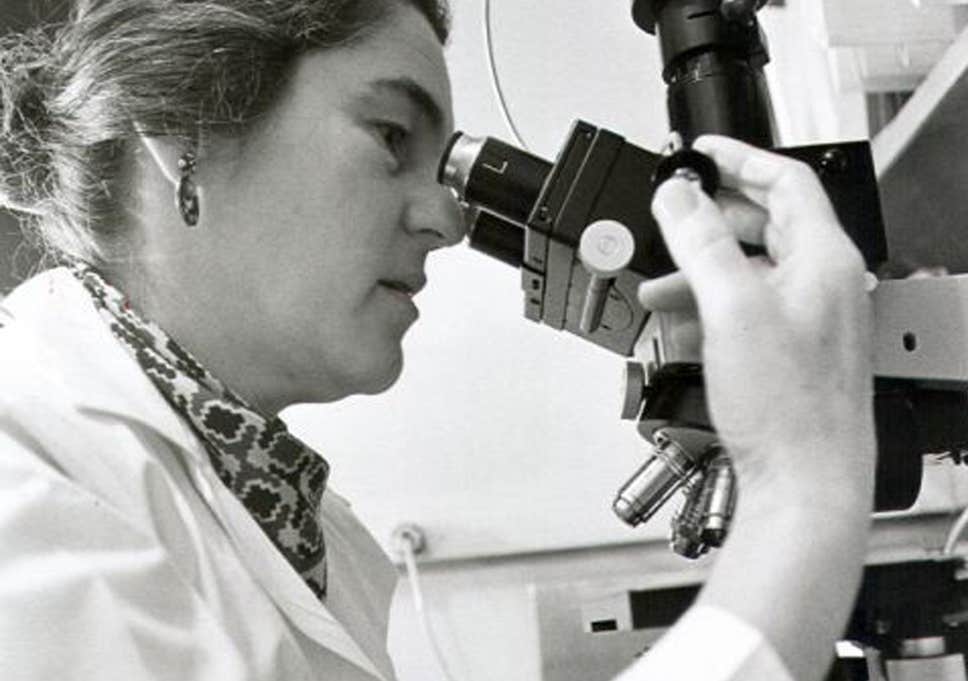
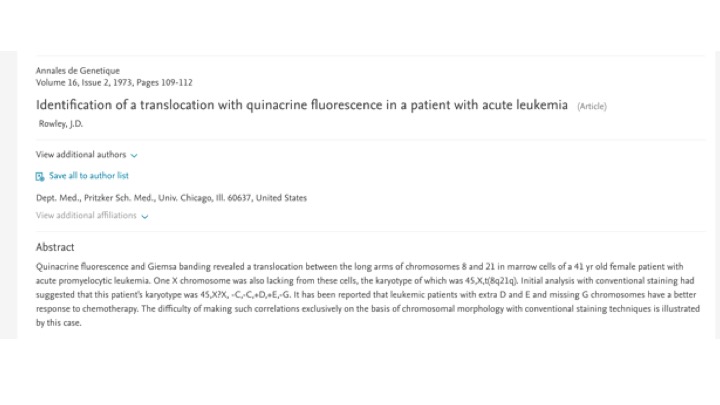
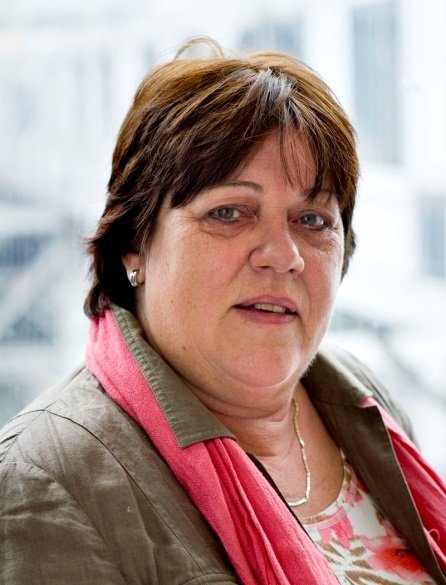
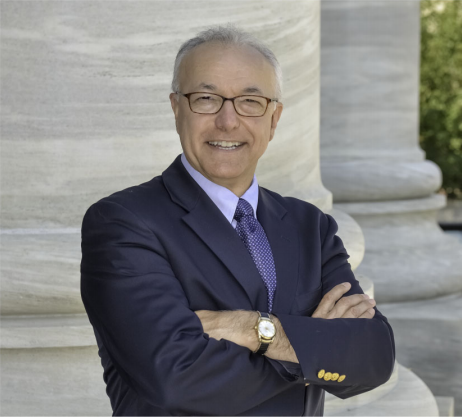
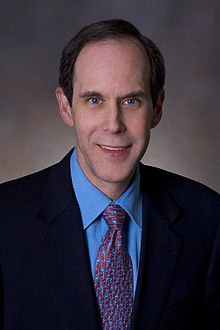
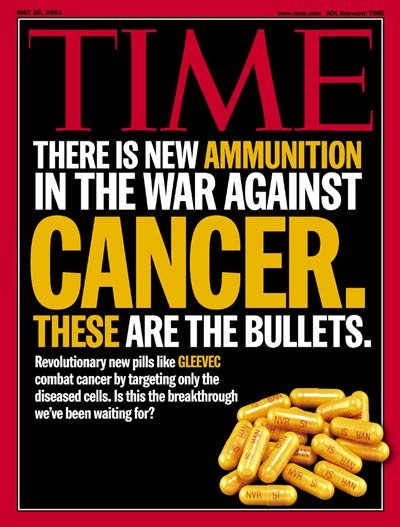
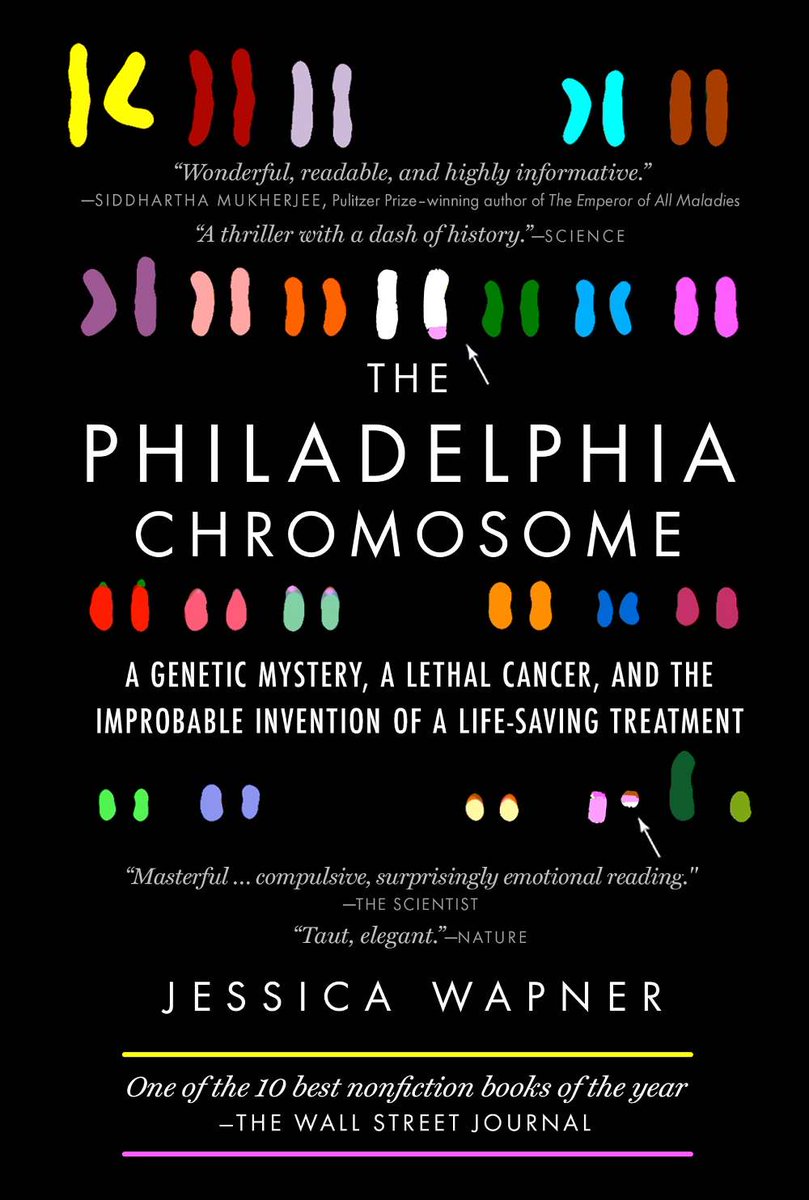

















Keep Current with David Steensma
This Thread may be Removed Anytime!
Twitter may remove this content at anytime, convert it as a PDF, save and print for later use!

1) Follow Thread Reader App on Twitter so you can easily mention us!
2) Go to a Twitter thread (series of Tweets by the same owner) and mention us with a keyword "unroll"
@threadreaderapp unroll
You can practice here first or read more on our help page!

